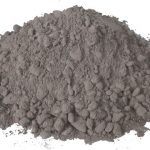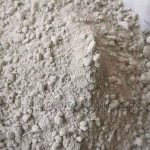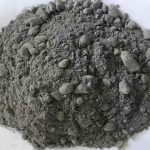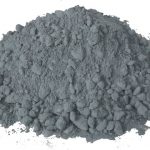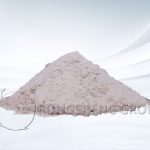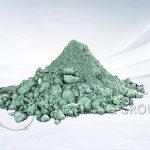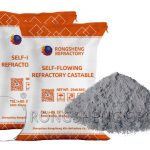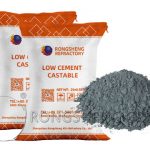Micro-expansion refractory castables are a new type of refractory castable developed using clay-bonded and low-cement castable technologies. They are primarily used in various thermal equipment, such as steel rolling mills, achieving satisfactory economic benefits.
Steel rolling mills are numerous and numerous, operating temperatures generally below 1400°C, and they operate intermittently, requiring shutdowns and cooling every 1-3 months for mill maintenance or to remove scale and slag. In the 1990s, regenerative soaking and heating furnaces were developed, using low-calorific-value blast furnace or producer gas directly as fuel. These furnaces achieve air-gas preheat temperatures exceeding 1000°C, resulting in high thermal efficiency, energy conservation, and excellent heating quality. This furnace type has seen rapid growth. It should be noted that the internal cavity regenerative heating furnaces have air and gas channels within their walls, placing high demands on the refractory material. The cavity lining must be free of cracks to prevent air and gas leakage.
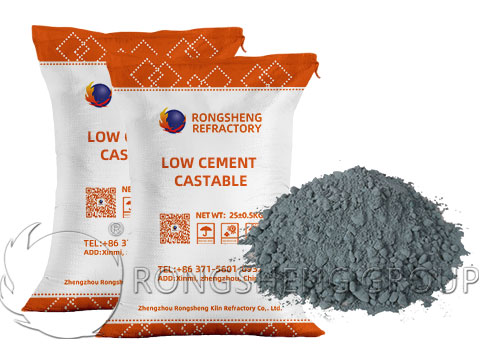
Steel rolling reheating furnaces operate at low temperatures, operate intermittently, and have complex structures. The refractory materials used are required to have low Al2O3 content, moderate strength, good thermal shock resistance, and minimal linear expansion after firing. Since 1975, reheating furnaces have been lined with refractory plastics, offering a service life of over 25 years. Clay-bonded refractory castables offer a service life of approximately 10 years. Around 1990, low-cement refractory castables were used, but they are prone to cracking during furnace drying and have a service life of 3-6 years. Overseas, the first two materials have been used for reheating furnace linings, with low-cement refractory castables used in some areas.
Application of Micro-Expansion High-Alumina Refractory Castables in Steel Rolling Heating Furnaces
Micro-expansion high-alumina refractory castables overcome the shortcomings of clay-bonded refractory castables, such as low strength and linear shrinkage after firing, while also avoiding the high density and high strength of low-cement refractory castables. Using second- and third-grade alumina clinker, mullite powder, corundum powder, expansion agents, and sintering agents, this new refractory castable exhibits micro-expansion and is easily sintered at medium temperatures.
The castable’s Al2O3 content is approximately 60%, sufficient for heating furnace operation. However, the high Al2O3 content results in poor thermal shock resistance and is prone to spalling. While the castable’s strength is higher than clay-bonded refractory castables, it is significantly lower than low-cement refractory castables. However, their high strength also makes them prone to cracking and spalling, making them unsuitable for heating furnace operation. The castable exhibits positive linear changes after firing at 1400°C, exhibiting micro-expansion during operation, which can prevent cracks in the furnace lining and reduce thermal spalling. This is especially important for cavity regenerative heating furnaces. Cavity furnace walls are less likely to crack or split, preventing gas and air from leaking and accidents.
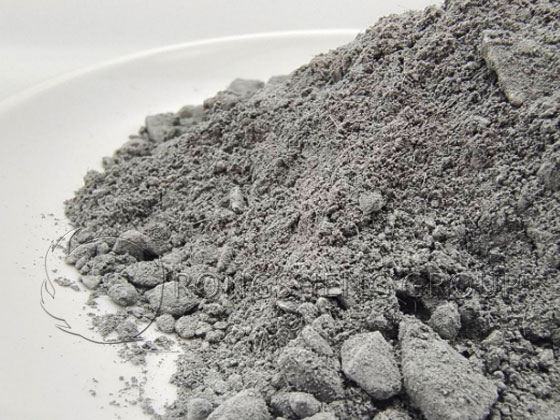
Low-Cement High-Alumina Permanent Lining Castable for Ladle Castings
Comparative tests using different water addition levels for low-cement, high-alumina permanent lining castables revealed that increasing water addition increases the apparent porosity and decreases the bulk density. Consequently, this results in a decrease in castable compressive and flexural strengths.
Optimizing the formula of castables for permanent ladle lining
To solve the problem of excessive cracks, the castable formula was optimized and improved:
- (1) A low-impurity expansion agent was added to the matrix to offset the partial shrinkage of the castable at high temperatures. The castable with expansion agent improved the volume stability of the castable and improved the degree of crack expansion after repeated use of the castable.
- (2) The upper limit of the castable aggregate particle size was increased from 8mm to 12mm. After testing, it was found that the introduction of large particles could reduce the amount of water added by 0.5% and increase the flexural strength at 1100℃ by 2MPa. This is because the presence of large particles not only plays a skeleton role, but also can change the direction of long cracks. It helps to prevent the expansion of cracks and improve the volume stability of the castable.

